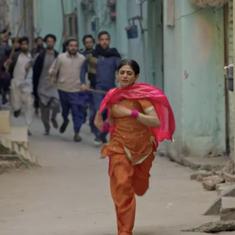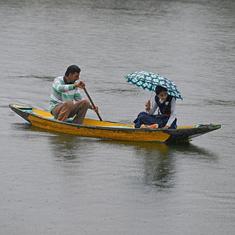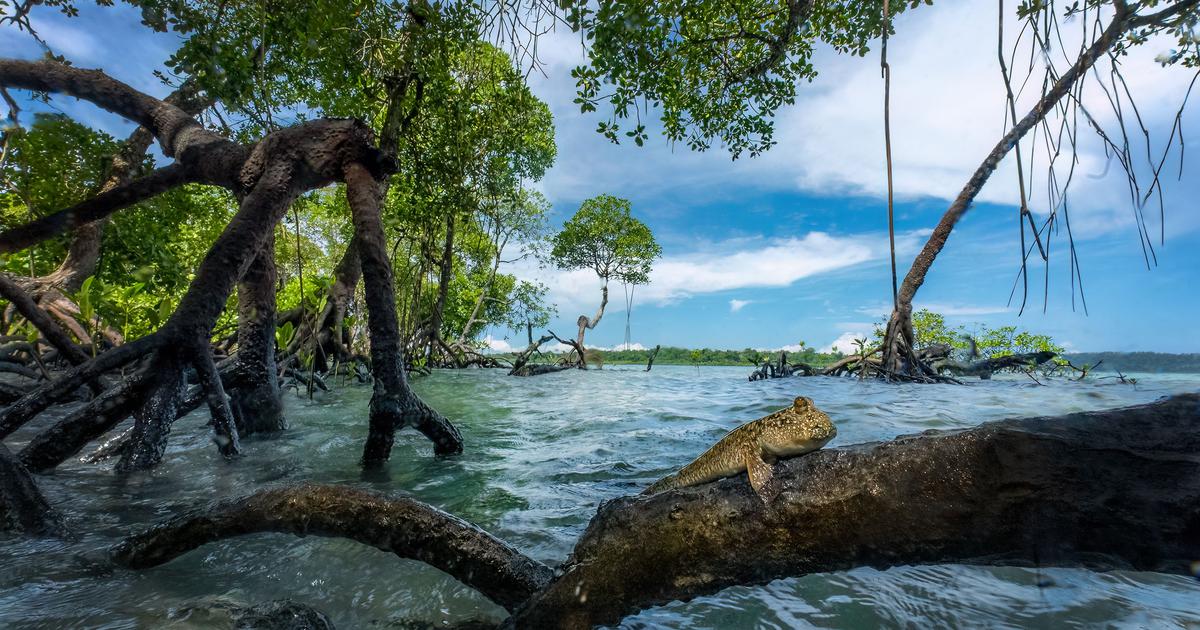From India’s diverse coastline to the Florida Everglades in the United States, photographs of the mangrove forests of the world document a varied, ecologically-rich tapestry of life but tell one urgent story: that these ecosystems are the risk of collapse
The photographs were among the 3,303 entries from 78 nations for the 11th edition of the Mangrove Photography Awards 2025, organised by the Mangrove Action Project, a US-based non-profit.
More than a hundred of these photographs were shortlisted for six categories: people, landscape, underwater, threats, wildlife and conservation stories. The awards were open to amateur and professional photographers.
Announcing the winners on Saturday, the Mangrove Action Project said in a press release that the “winning images capture the urgent race to save these endangered but precious ecosystems, found in 125 countries and territories around the world”.
The nonprofit said that as “ecological powerhouses”, mangroves perform vital functions such as sequestering five times more carbon than terrestrial forests, protecting more than 15 million people from flooding and support the livelihoods of millions of fishers and coastal communities. They are also vital habitats for countless marine and terrestrial species.
But at least 50% of the world’s mangrove ecosystems are at risk of collapse by 2050, said the nonprofit, identifying urban development, deforestation, aquaculture and sea level rise as major contributing factors.
Thirteen of the 100 shortlisted images were from India, especially from the Sundarban mangrove forests that span West Bengal and neighbouring Bangladesh.
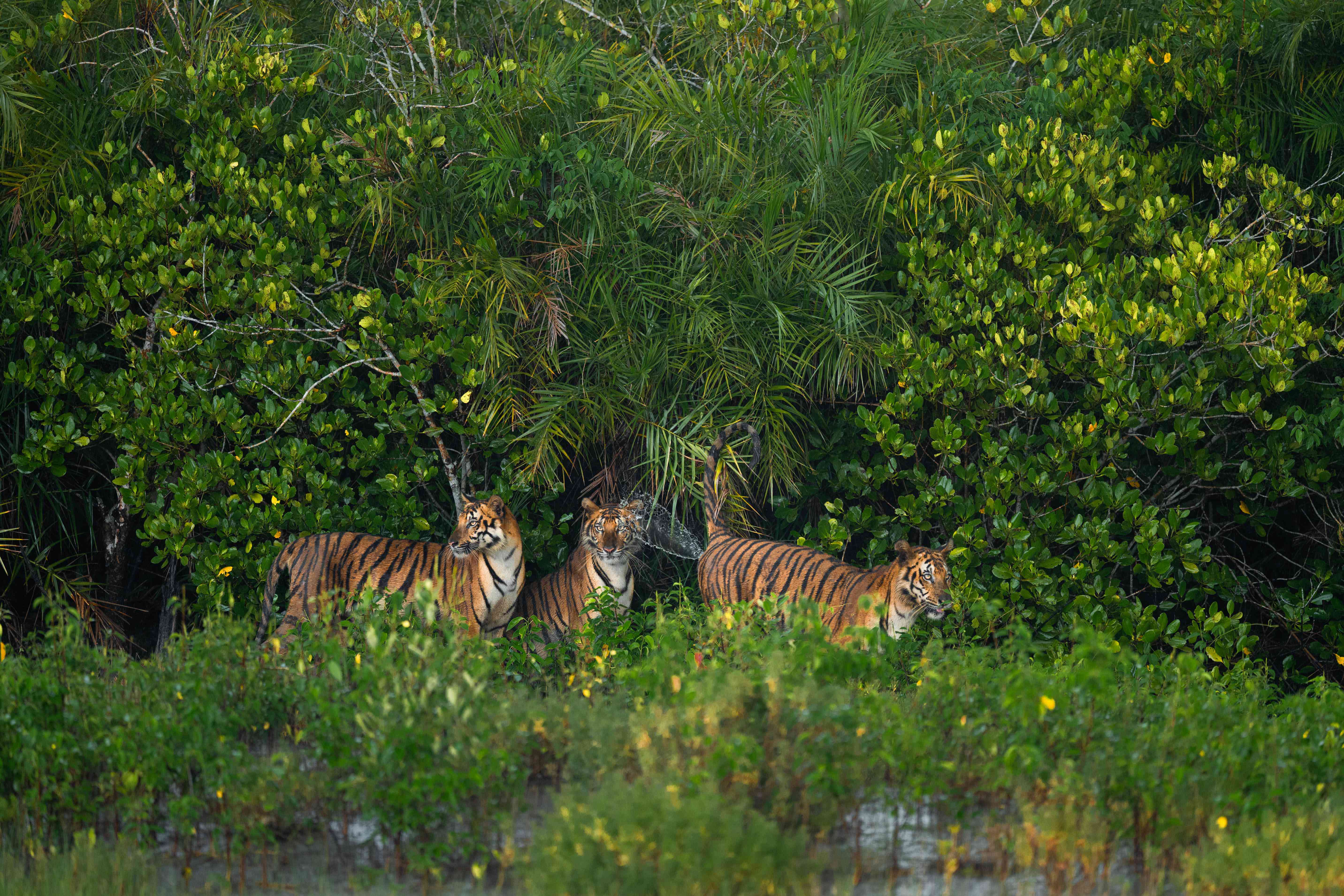
This entry, a runner up in the Wildlife (mammals) category, shows tigers in the Sundarbans. The photographer, in his note, says that the Sundarban mangroves are challenging because tiger territories keep getting submerged every six hours according to the moon cycle. He was lucky to photograph the big cat mark its territory – rare behaviour in the mangroves. “Only funny part was, the entire urine went on the subadult tiger’s face,” said the photographer.
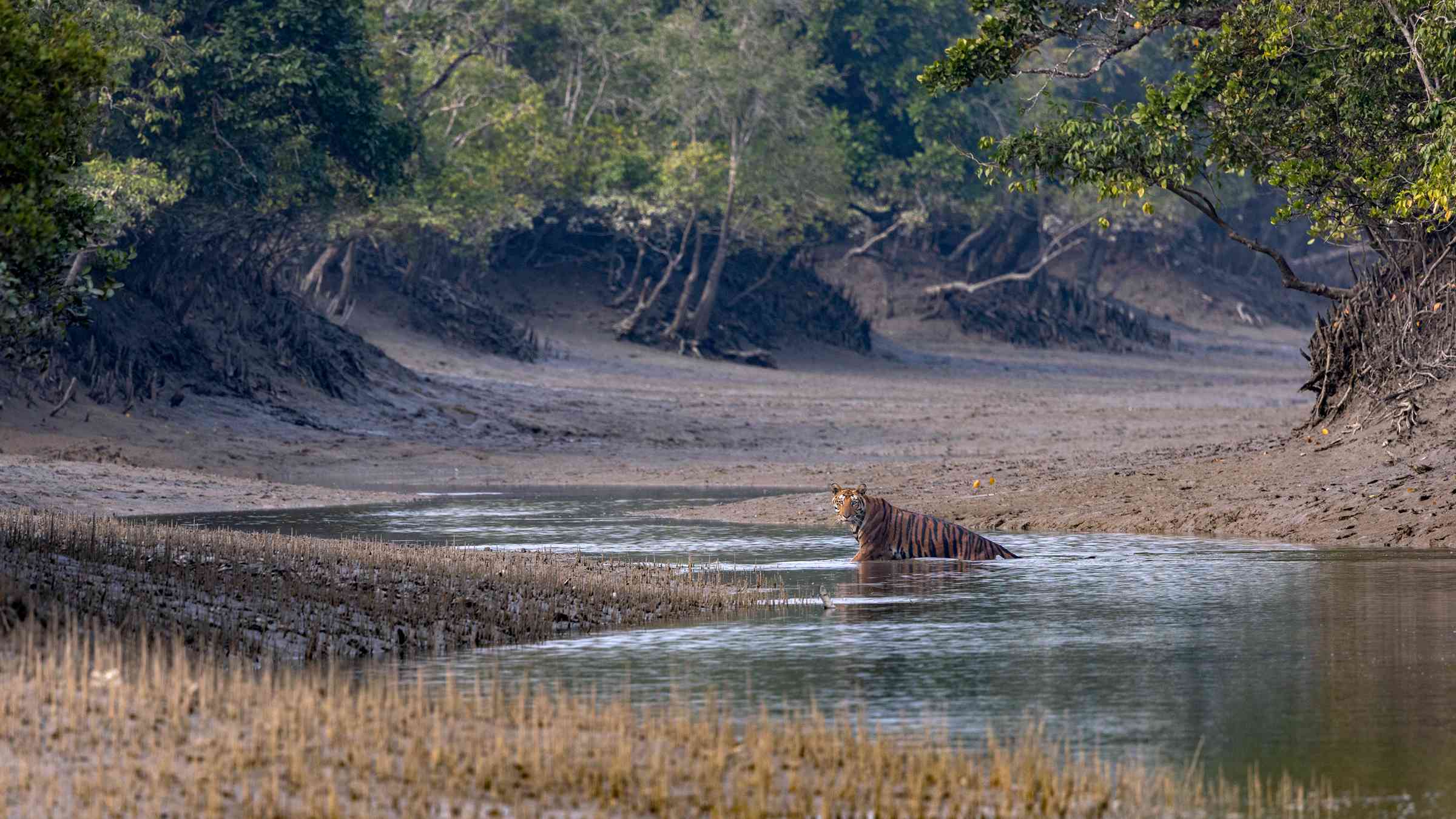
Another shortlisted entry in the same category shows a Bengal tiger looking straight at the photographer in the Sundarbans in India.
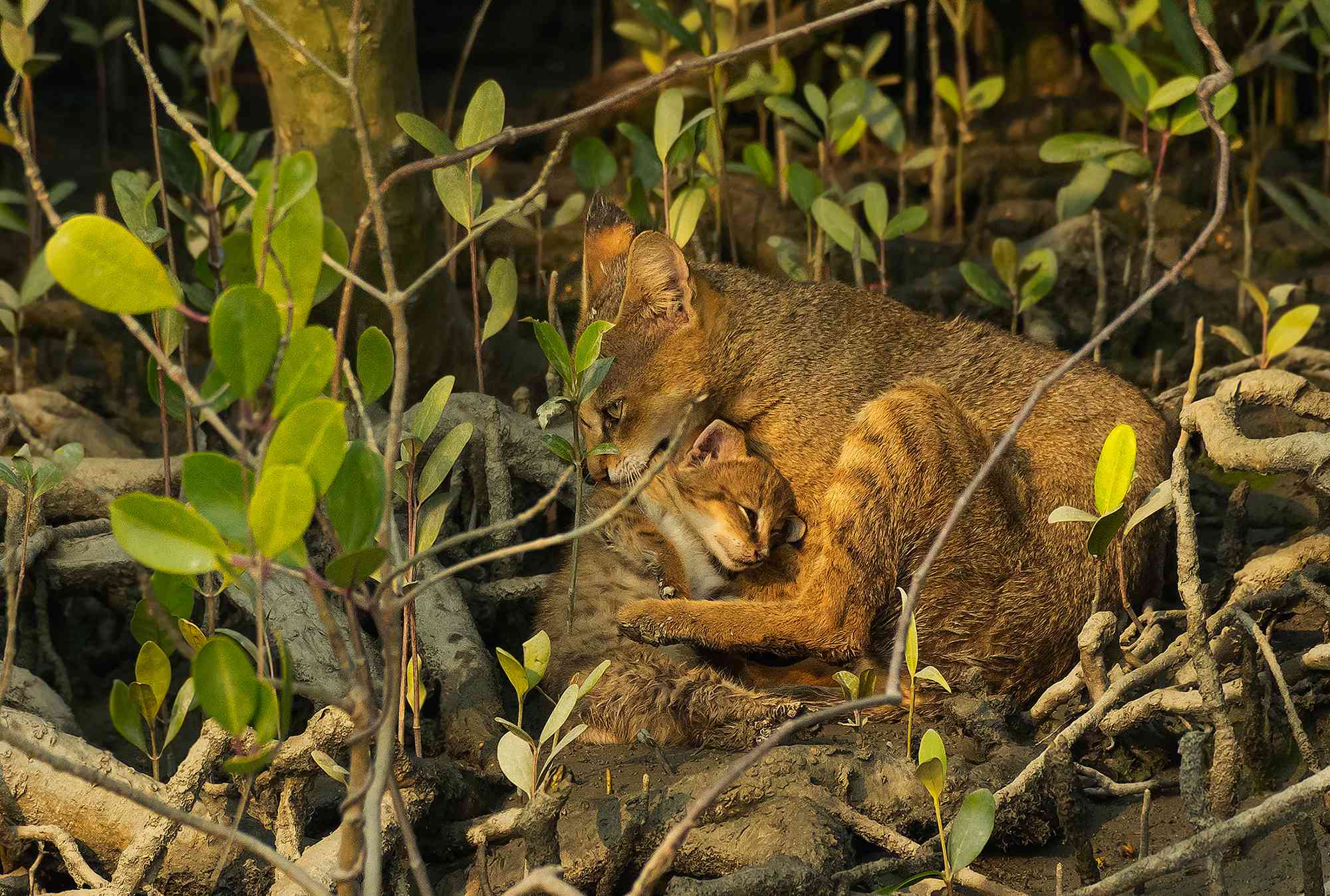
This shortlisted entry shows “two mothers”. Mother nature and the jungle cat mother are both protecting their child, says the photographer who waited three hours to take this image while on a safari in the Indian Sundarbans.
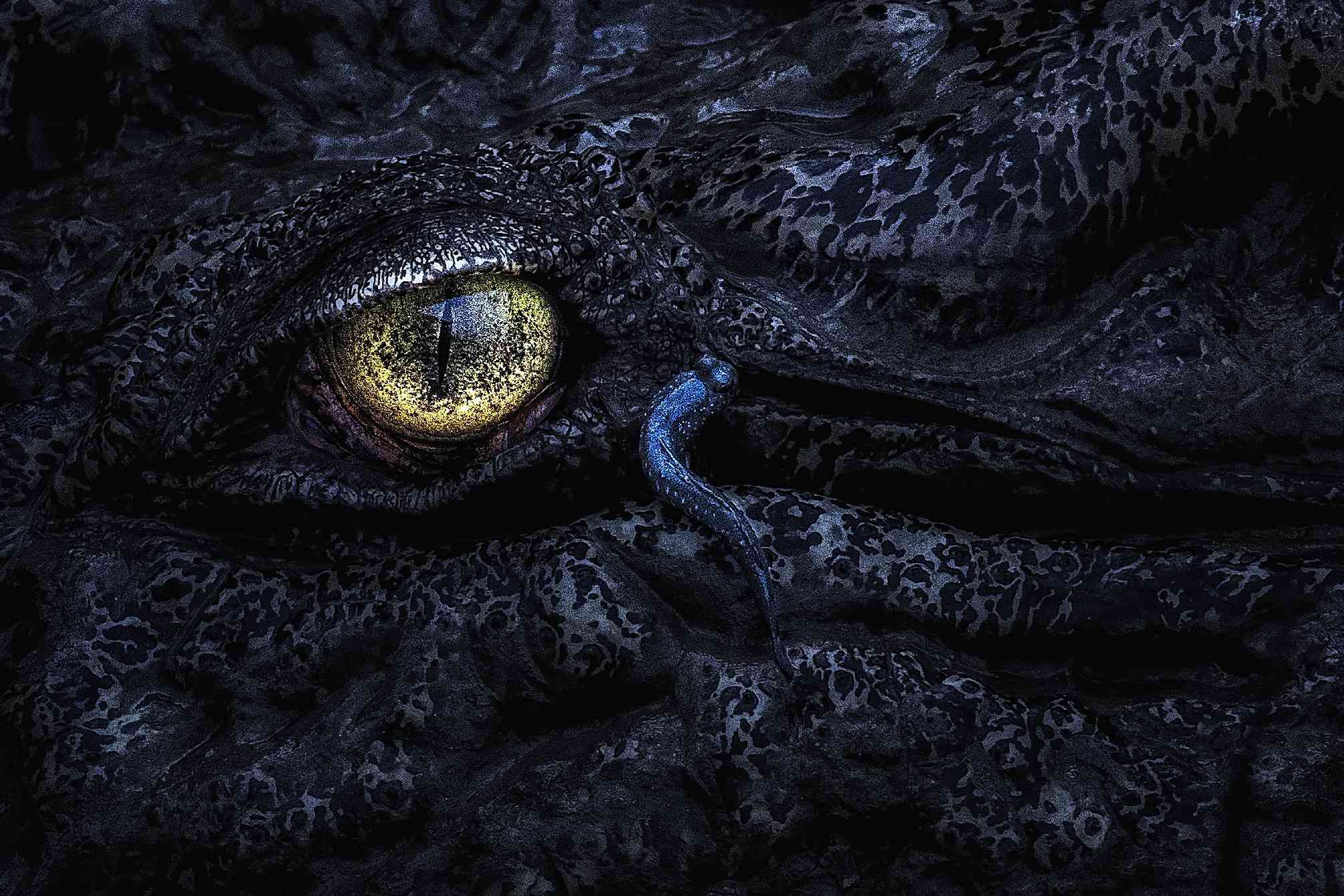
This entry in the Wildlife (Other Species) category shows a massive crocodile with a mudskipper in the Indian Sundarbans.
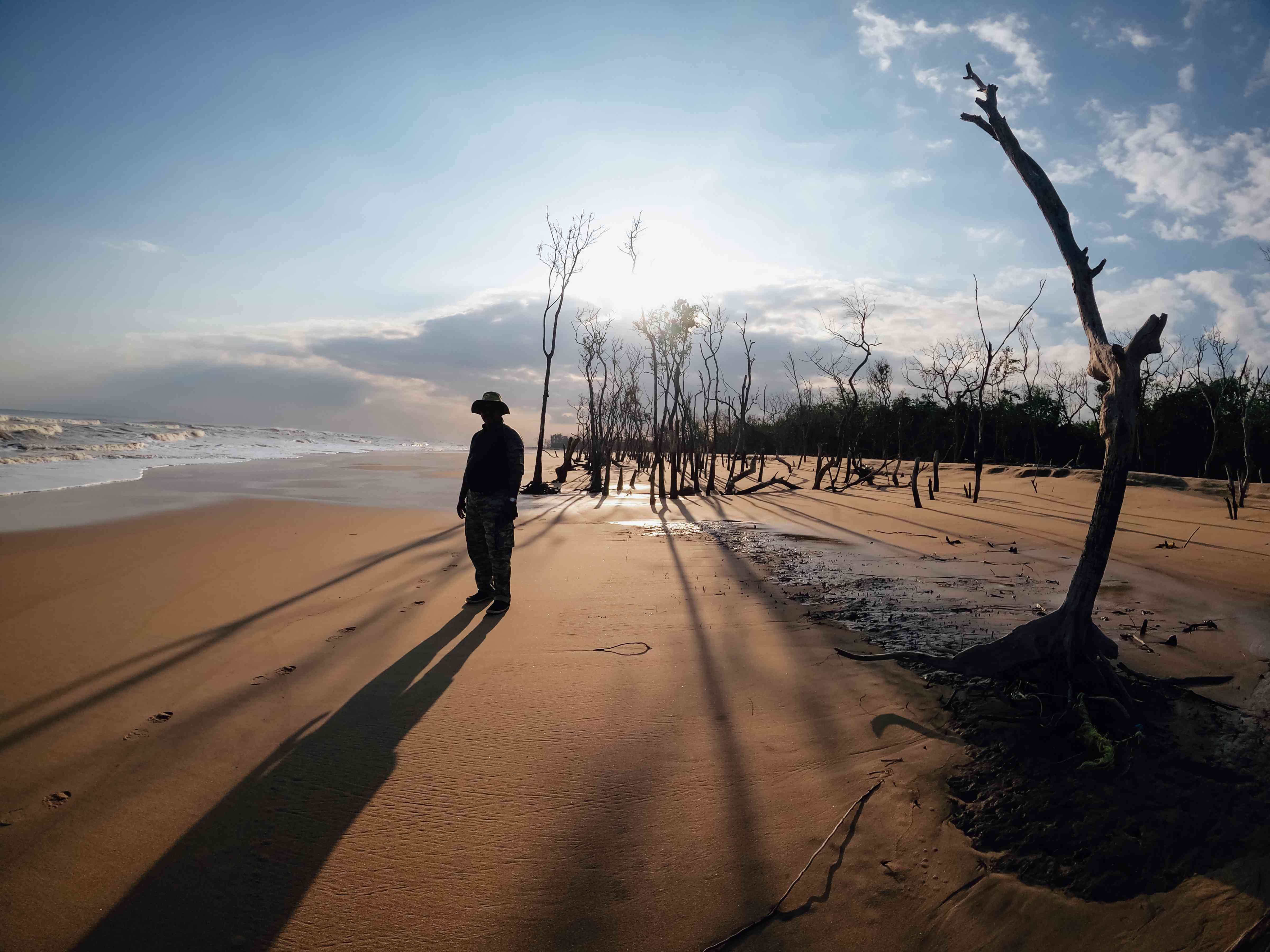
This entry in the Conservation and Restoration category is of the Bhitarkanika Wildlife Sanctuary in Odisha, a rich mangrove teaming with some of the best wildlife in India. The photographer spent a day with the hard-working forest guards who patrol the sanctuary by boat and on foot. “The sheer will to save forest and wildlife drives them to work each day,” says the photographer’s note.
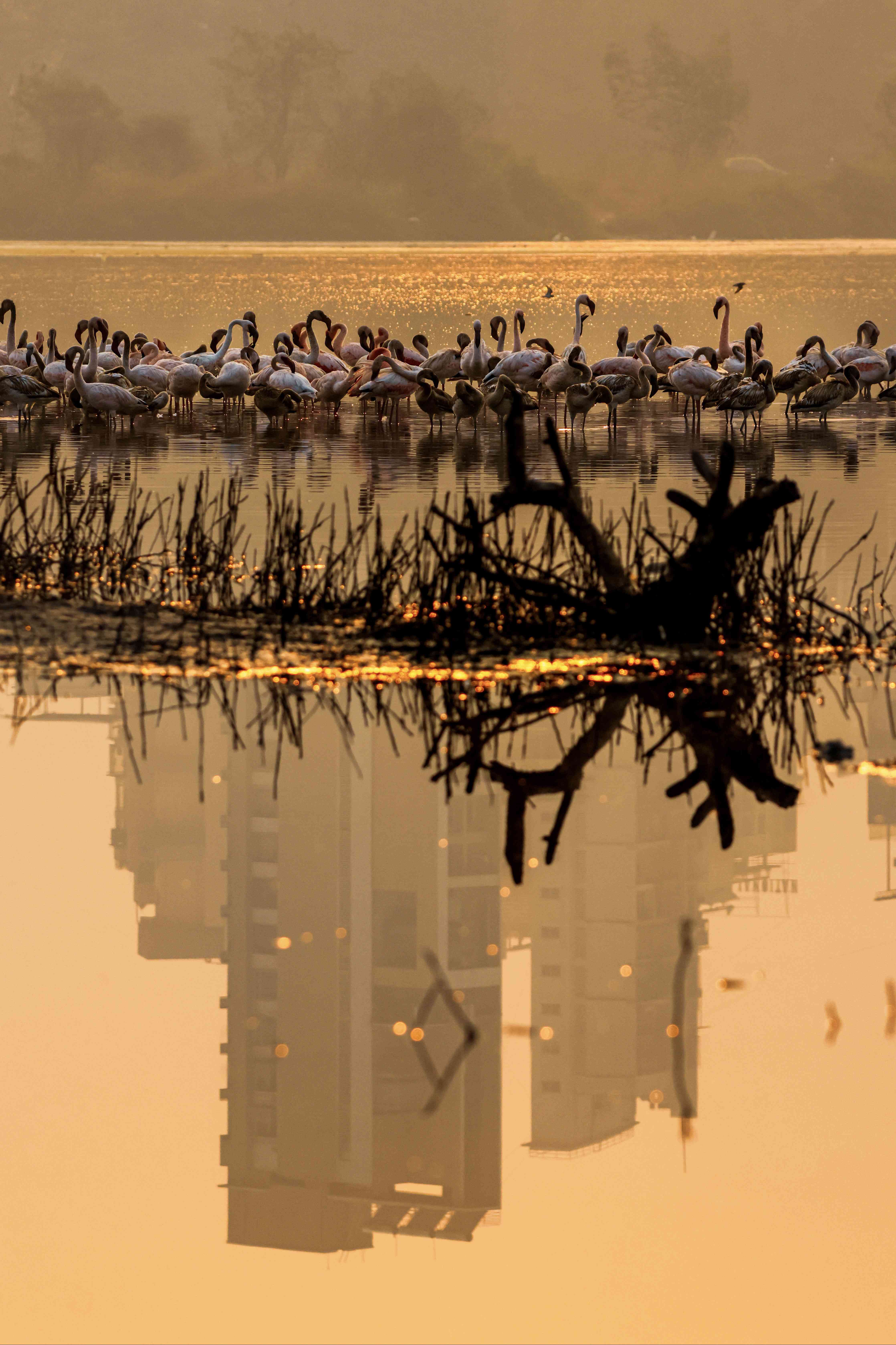
This photograph, shortlisted in the Threats category, is from one of the wetland lakes in Navi Mumbai where mangroves had been cut.
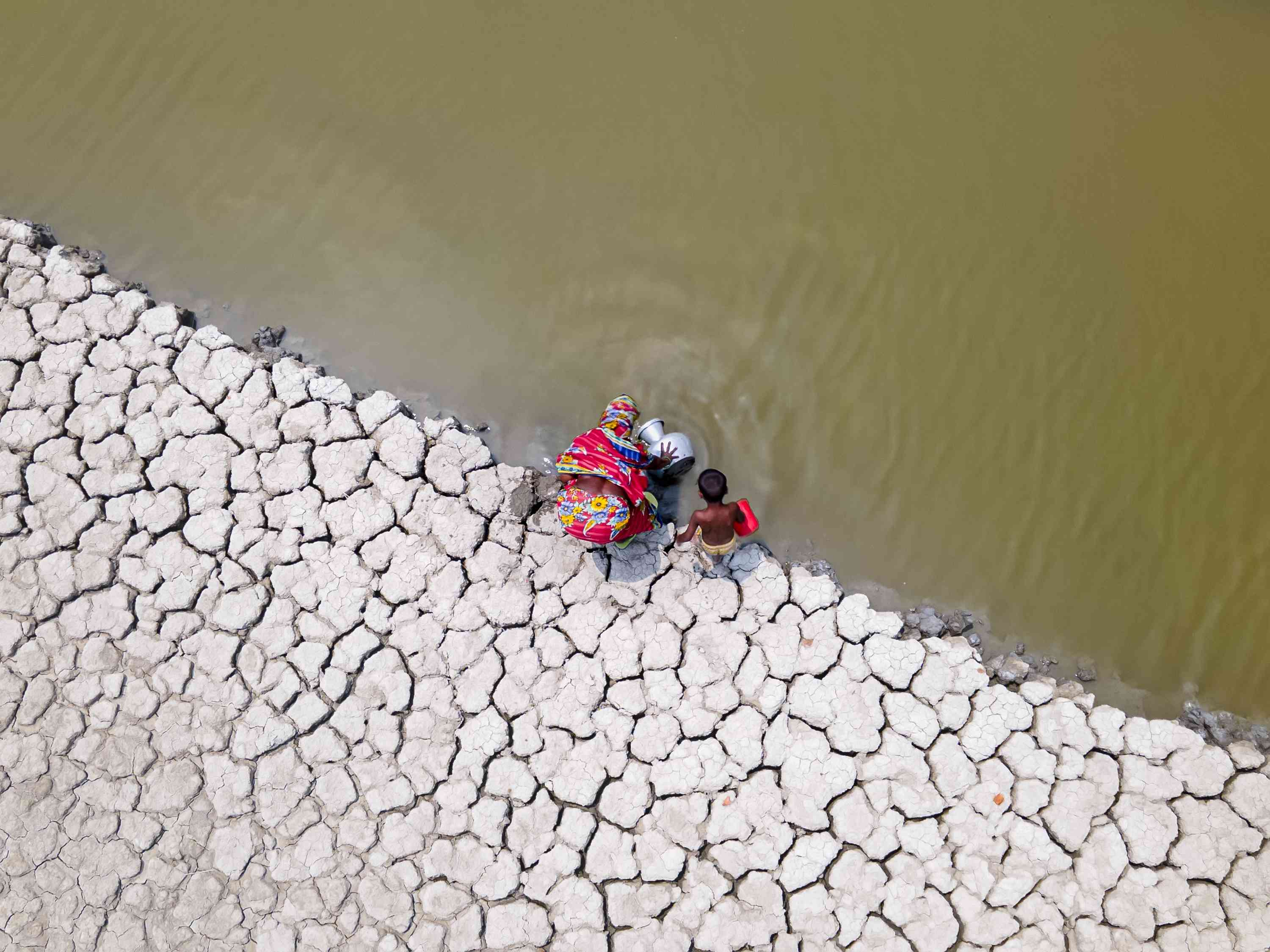
This shortlisted entry in the Threats category portrays the “harsh reality of water scarcity in Bangladesh’s low-lying coastal belt”, writes the photographer. Like the elderly woman and her grandson, families are forced to walk two-three kilometres for freshwater. “This scene captures not only their daily struggle but also the broader environmental crisis facing the Sundarbans’ mangrove communities – where once-abundant rivers now carry salt, not life,” said the photographer.
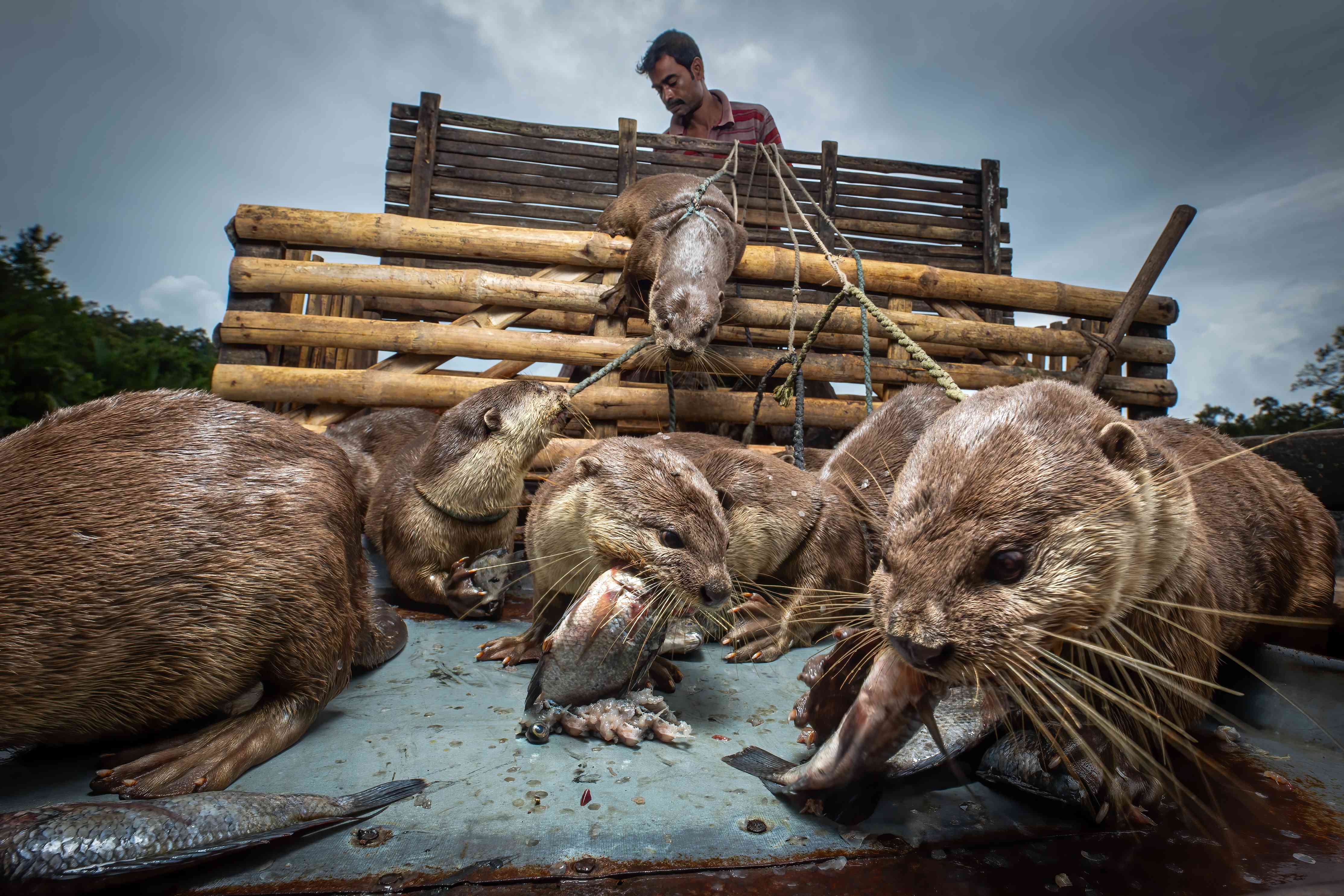
In this winning entry in the People (Livelihoods) category, a fisherman rewards his otters in Bangladesh. The photographer writes that there are only a handful of otter fisherman left and their unusual method of fishing has been handed down from father to son for centuries.
The photographer describes how they fish: “the trainer adult otters are tethered and the younger otters swim free. The otters chase fish from the muddy banks into the awaiting nets and after each fishing session get their share of the catch.”
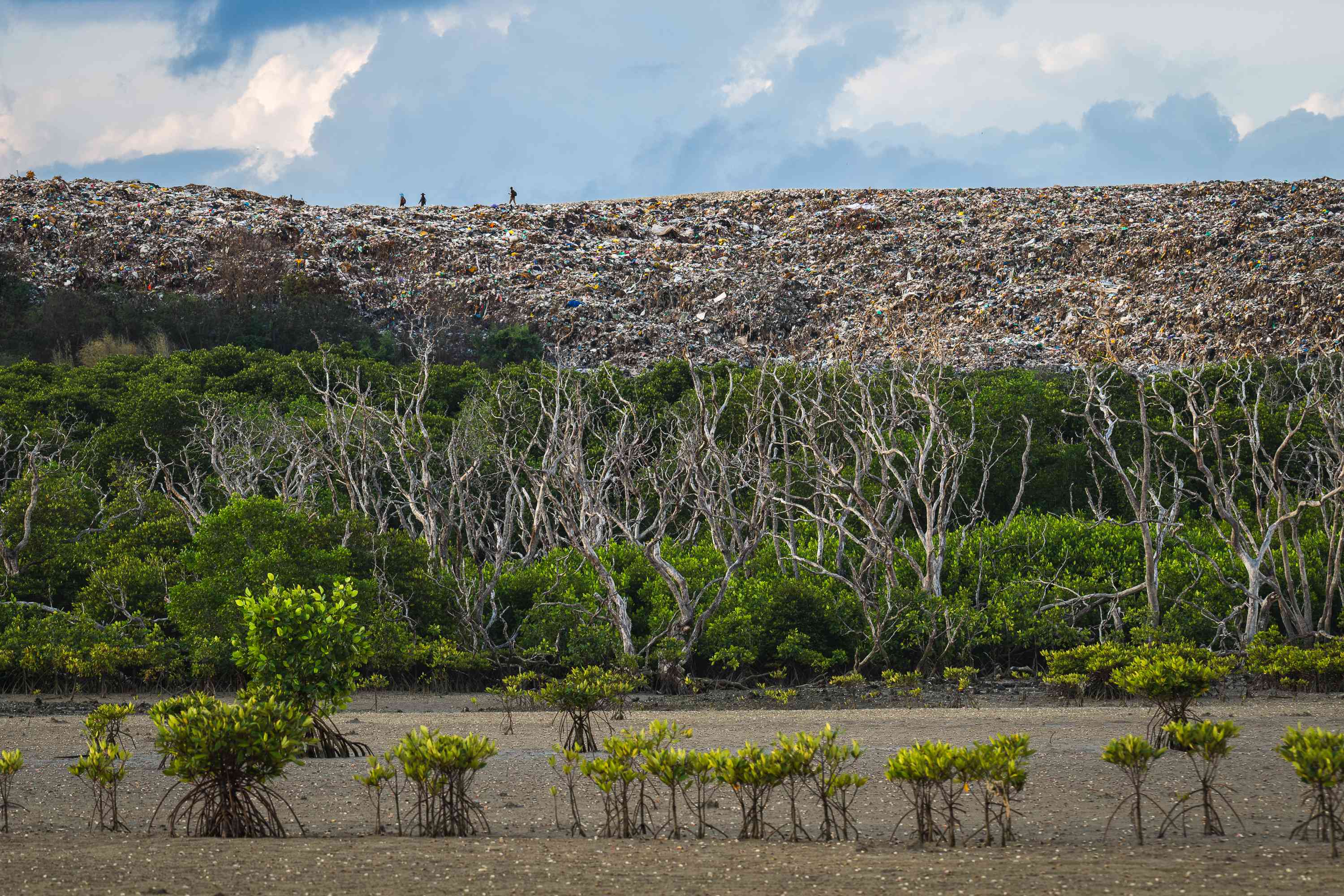
This winning entry in the Threats category shows the “jarring sight” of a mountain of waste rising above the canopy of one of the one of Bali’s island’s struggling mangrove ecosystems, in plain view but somehow hidden in plain sight. “The scene is a quiet warning – of resilience under threat and of what lies just out of frame in paradise,” said the photographer. “I took this photo to show the uneasy edge where mass tourism, urban waste, and vital ecosystems collide.”
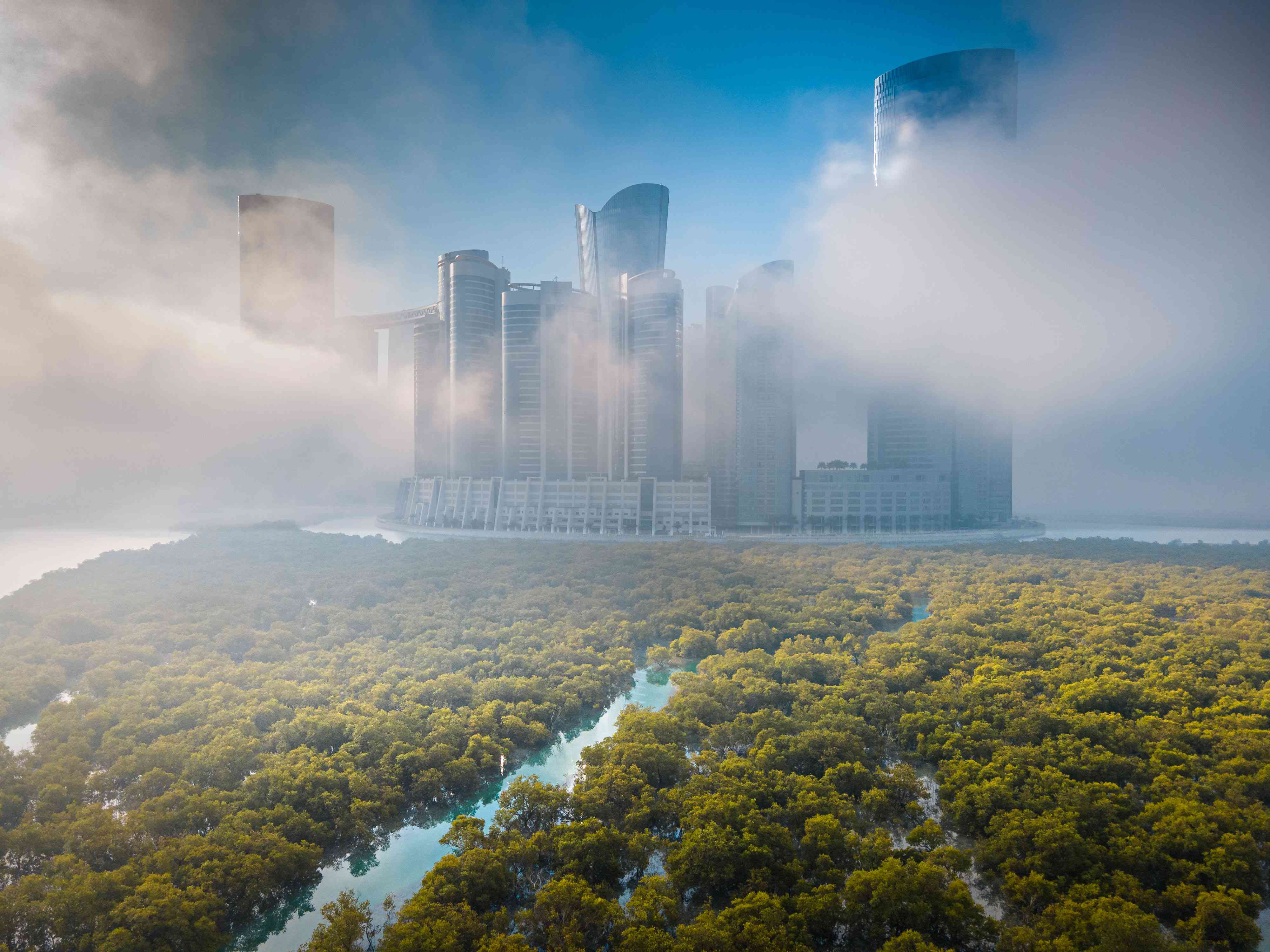
This winner in Landscape (From the Air) category shows “mangroves and modernity”, in the United Arab Emirates.
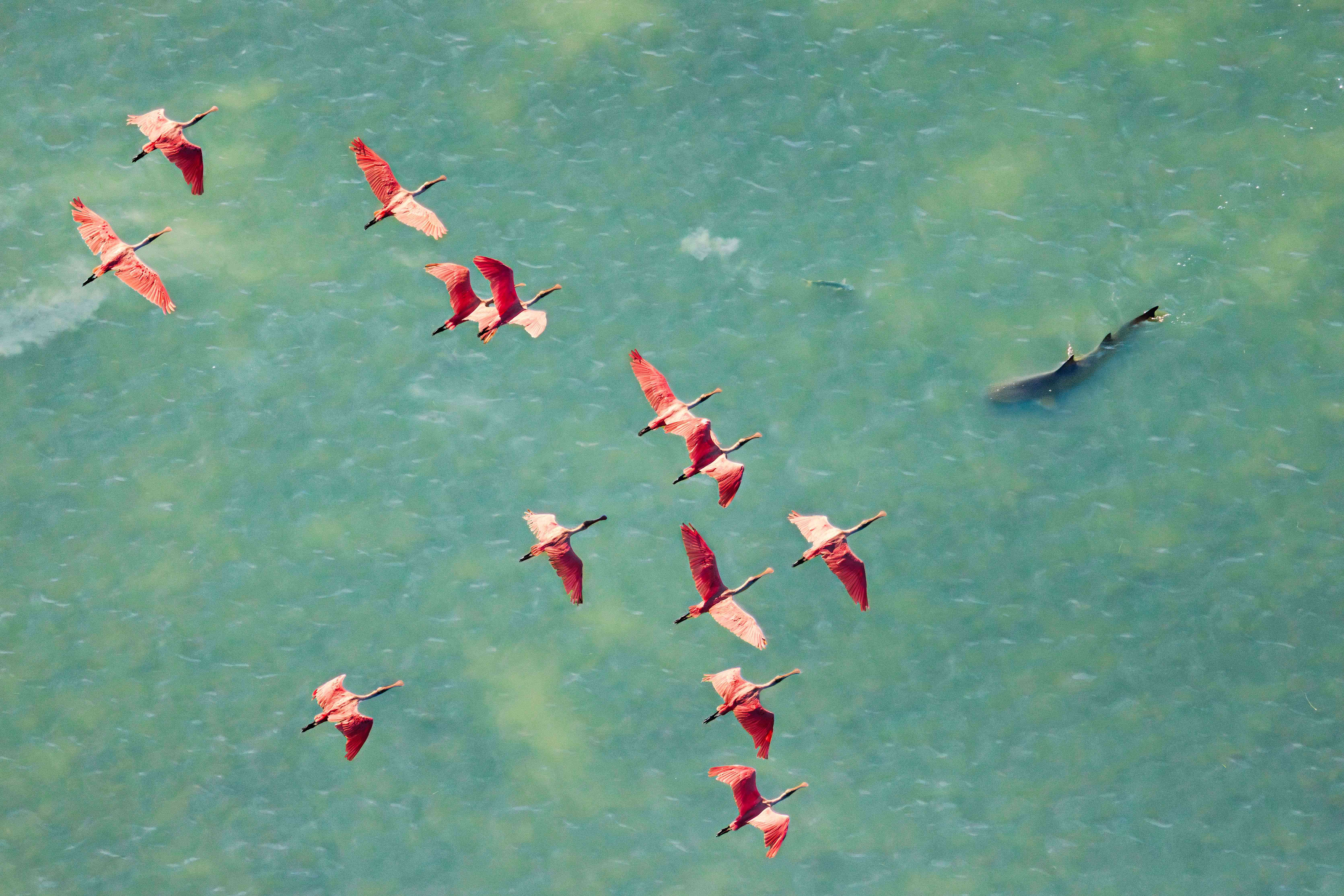
““Birds’ Eye View of the Hunt” could be the last of shot the Roseate Spoonbills, the Everglades’ iconic birds, whose very health and survival is intrinsically linked with the health of the Everglades, said the Mangrove Action Project
According to Cook, Florida Bay was the primary nestling region of the birds in the US, but the species is becoming rare as sea level rise is submerging their habitat. The spoonbills are tactile foragers, said Cook – they feed by touch. But for that, the birds depend on on shallow water with high densities of fish.
“With climate-change induced sea-level rise, these critical lower water depths in the mangroves are increasingly failing to be met, fish densities are insufficient for effective foraging, and fewer birds are able to breed,” said Cook.

